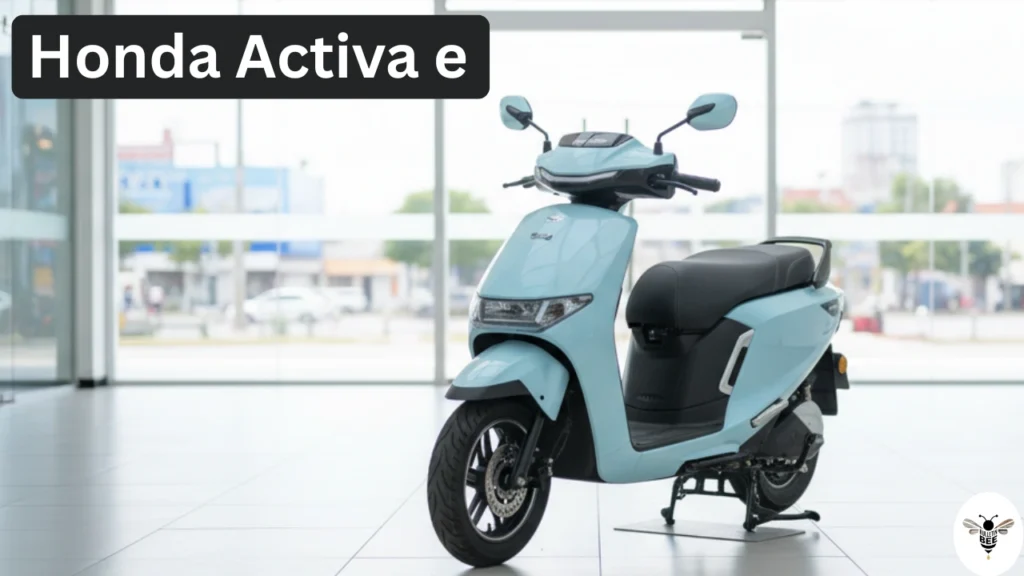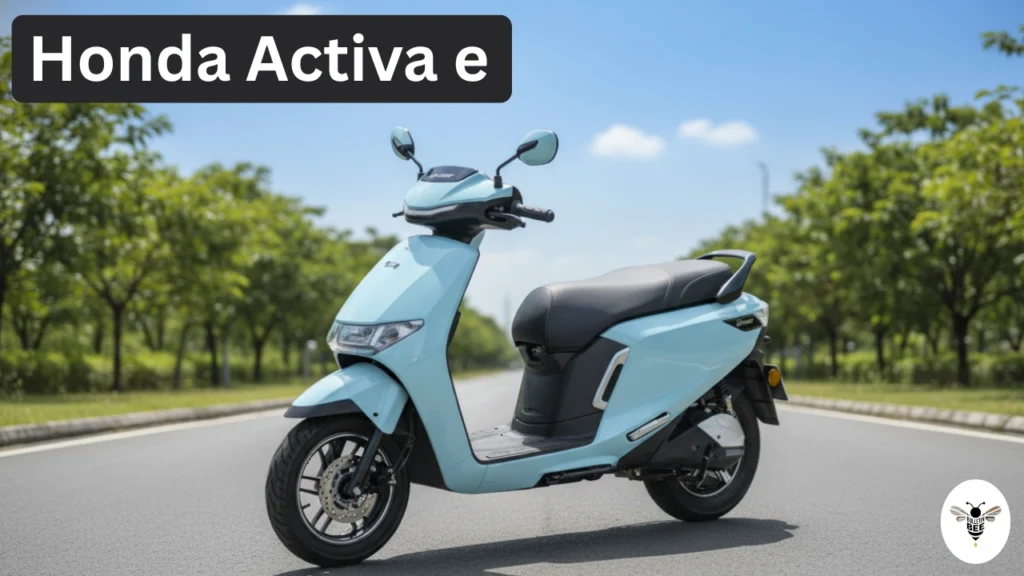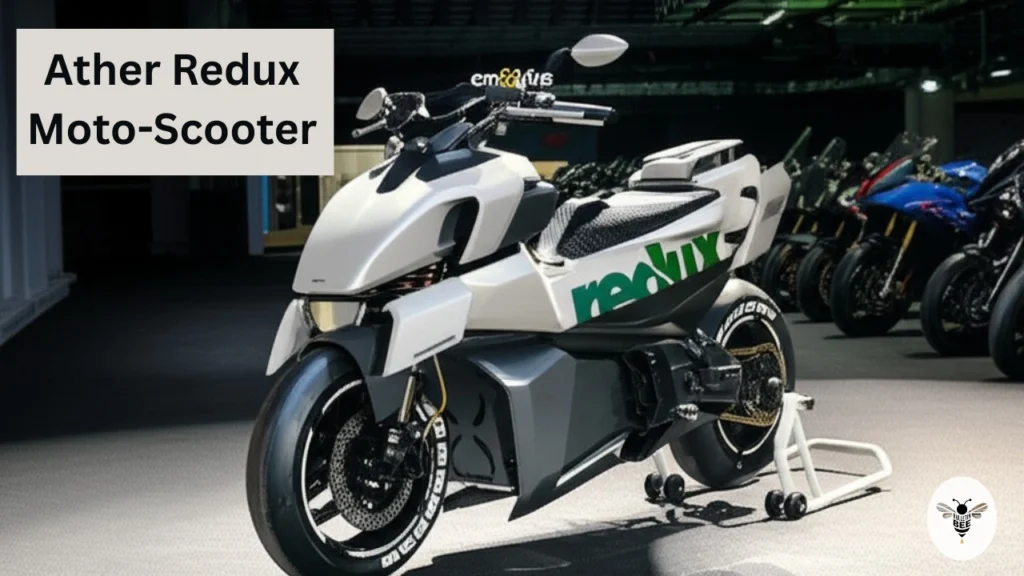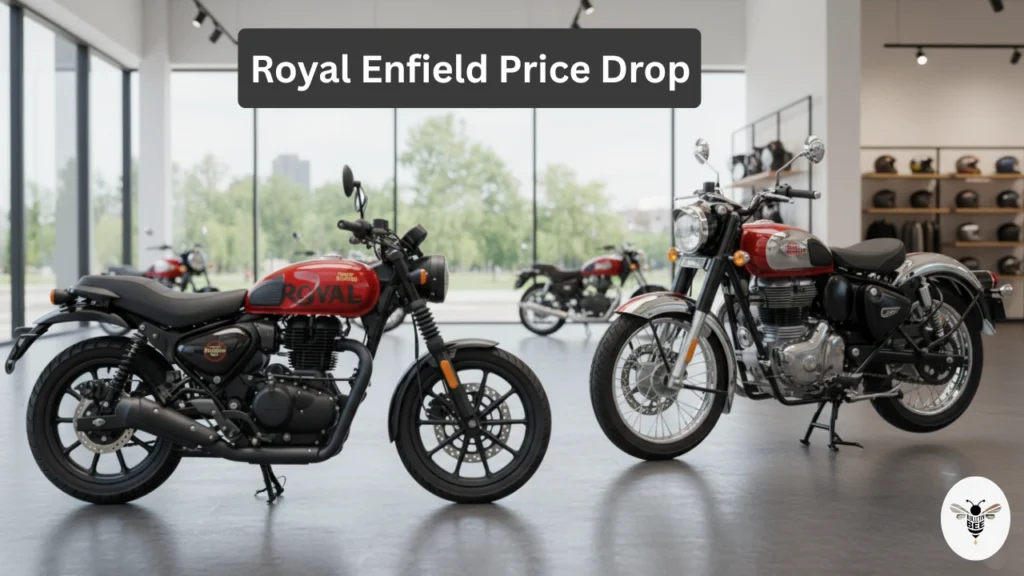Honda Activa e: The Indian electric two-wheeler market is evolving at a rapid pace, and major manufacturers are competing aggressively to gain leadership. Surprisingly, Honda, a dominant player in the petrol scooter segment with the legendary Activa, is facing challenges in the EV space. The company has halted the production of its Activa e: and QC1 electric scooters since August 2025, according to recent data shared by the Society of Indian Automobile Manufacturers (SIAM).
This marks a significant setback for Honda’s presence in the electric mobility segment, which the brand officially entered in February 2025 with the launch of the Activa e: and QC1. Despite strong expectations and the Activa brand’s massive reputation, the response from buyers has been underwhelming.
Honda Activa e Production Halt and Sales Performance

Between February and July 2025, Honda manufactured a total of 11,168 units of both scooters. However, only 5,201 units were dispatched to dealerships, leaving more than 6,000 units unsold, forcing Honda to suspend production.
Sales Breakdown
- Total Units Manufactured: 11,168
- Units Sold/Dispatched: 5,201
- Unsold Inventory: ~5,967 units
- QC1 Sales: 4,461 units (86%)
- Activa e: Sales: 740 units (14%)
These numbers reveal a sharp contrast between customer interest in QC1 and the Activa e:, despite Activa being a legendary name in India’s scooter market.
Also Read
Why Did Honda Stop Production?
Multiple reports point to key reasons behind the slowdown in demand and the production pause.
Factors Affecting Sales of Activa e:
- Lack of portable charger
- Dependence solely on battery-swapping infrastructure
- Limited availability restricted to select cities
- Higher pricing compared to rivals offering more range and features
- Uncompetitive range vs competition
- Underwhelming value proposition for customers outside metro areas
Why QC1 Performed Better
- More affordable pricing
- Comes with a portable home charger
- Available in six major cities
- Simple, practical design for urban riders
Honda Activa e: Specifications & Features

Despite its impressive hardware, the Activa e: struggled to attract mainstream consumers due to ecosystem limitations.
Key Technical Specs
- Motor Output: 6 kW (22 Nm peak torque)
- Battery System: Dual 1.5 kWh swappable batteries
- Range: Up to 102 km per charge (IDC standards)
- Top Speed: ~80 km/h
- Display: 7-inch TFT console
- Connectivity: Honda RoadSync app
- Price: ₹1.17 lakh (ex-showroom)
- Charging Dependency: Honda battery-swap network only
- Available Cities: Bengaluru, Mumbai, Delhi
Honda QC1: Specifications & Highlights
A simpler but more accessible alternative in the lineup:
- Motor Output: 1.8 kW motor (77 Nm torque)
- Battery: 1.5 kWh fixed battery
- Range: 80 km
- Top Speed: 50 km/h
- Display: 5-inch LCD
- Under-seat Storage: 26L
- Price: ₹90,022 (ex-showroom)
- Portable Charger: Yes
- Availability in Cities: Mumbai, Delhi, Bengaluru, Hyderabad, Pune, Chandigarh
Honda Activa e Competition Pressure
Rival EV brands offered better range, stronger features, and broader charging access, making Honda’s models appear less compelling.
Key Competitors Offering Better Value
- Ather 450X
- Ola S1 Air & S1 Pro
- TVS iQube
- Bajaj Chetak
- Hero Vida V1
Most competitors provide:
- Portable chargers
- Fast-charging networks
- Better range (120–160 km)
- Similar or lower pricing
What This Means for Honda’s EV Future
The production halt suggests Honda is:
- Re-evaluating its electric strategy
- Possibly redesigning its product pricing
- Likely expanding charging infrastructure before relaunch
- Considering wider availability and feature upgrades
Honda may need to:
- Improve battery swap network nationwide
- Offer fixed/portable charging options
- Enhance performance and range
- Bring attractive pricing to compete in EV landscape
Final Verdict
The Honda Activa e: entered the market with high expectations but failed to connect with Indian EV buyers due to limited charging convenience, high pricing, and restricted availability. Meanwhile, the QC1 found modest success due to affordability and practical charging, but not enough to sustain production. Honda’s decision to pause manufacturing since August 2025 signals a major strategic reassessment. For Honda to achieve success in India’s fast-growing electric vehicle market, it must strengthen its charging ecosystem and deliver more accessible, feature-rich products.





